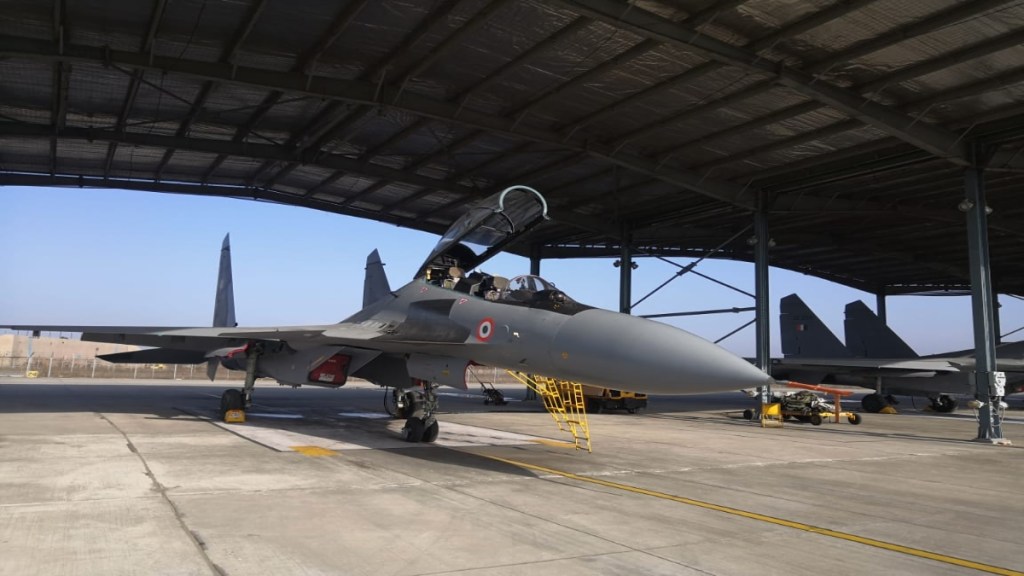Stage is all set for the Indian Navy to begin formal cost negotiations with a high-level French delegation to procure 26 Rafale M fighter jets for its two aircraft carriers. This deal, expected to cost around four billion euros (less than Rs 40,000 crore), will cover the basic cost of the aircraft, excluding missiles and maintenance contracts.
Initial Talks and Delegation Visit
The first round of discussions will take place in New Delhi on May 30, 2024. The French team will include senior officials from their defense ministry, industry representatives, and the Original Equipment Manufacturer (OEM), Dassault Aviation, along with Thales. Although the actual contract will be signed after the formation of the new government, the French side had already submitted their detailed bid for the Rafale M last December. Why? Because the goal is to finalize the contract this fiscal year, with delivery expected to start three years later. This government-to-government deal will be based on intergovernmental agreements (IGA), reflecting negotiations between the involved governments.
Approval and Specifications
It has been reported previously, last July, during Prime Minister Narendra Modi’s visit to Paris, the Defence Acquisition Council (DAC) approved the procurement of 26 Rafale M fighters. This includes 22 fighter jets and four trainers, demonstrating the government’s commitment to enhancing the Indian Navy’s aviation fleet.
Cost Negotiations
The final cost of the aircraft will depend on the requirements of the Indian Navy. However, according to sources in the defence and security establishment, the cost can be reduced by following the French operational concept. In France, both the Navy and Air Force operate the Rafale fighters, with common maintenance and stores. India, with 36 Rafale jets already in service with the Indian Air Force (IAF), can similarly benefit from shared maintenance and stores, reducing overall contract costs.
It has been reported previously by Financial Express Online that the IAF has established two Rafale squadrons — Hasimara and Ambala — each with its own stores and simulators. And there is a possibility that it could go in for more Rafale jets.
According to information in the public domain, the Indian Navy was preparing to send bid papers to France, but no joint acquisition with the IAF was planned.
No Joint Acquisition
According to sources, if there was a joint acquisition the cost of the fighter jets would have come down and perhaps led to setting up a new production line in India. “Setting up a production line for building an aircraft in India is all dependent on the numbers. It is not financially viable to set up a new production line for a small number of fighter jets,” explained the source quoted above.
Rafale M Capabilities and Advantages
Financial Express Online has reported previously that the Rafale M, chosen over the American F/A-18 Super Hornets, demonstrated superior performance during rigorous testing at Goa’s shore-based test facility.
One key advantage of the Rafale M is its compatibility with the IAF’s existing Rafale fleet. This commonality is expected to reduce costs related to spares and maintenance, as both aircraft share about 80 percent of their components.
The Rafale M has reinforced nose and landing gears to handle the demanding conditions of aircraft carrier operations.
Specifications
Manufactured by Dassault Aviation, the Rafale M is a versatile, single-seat aircraft capable of multiple missions including air defense, nuclear deterrence, deep strikes, and reconnaissance. It has a wingspan of 10.90 meters, a length of 15.30 meters, and a height of 5.30 meters.
The aircraft can take off with a maximum weight of 24.5 tonnes and carry an external load of up to 9.5 tonnes. It can reach a maximum speed of 750 knots (1,389 km/h) and operate efficiently at altitudes up to 50,000 feet.
Operational Capabilities
The Rafale M excels in both air-to-ground and air-to-air missions. It supports various armaments, including the long-range Meteor missile, MICA missiles, HAMMER, SCALP, AM39 EXOCET, laser-guided bombs, and a 2,500 rounds-per-minute NEXTER internal cannon.
The OEM described Rafale M as an “omnirole aircraft,” that can adapt to diverse combat scenarios and threats, making it a valuable asset for the Indian Navy.

